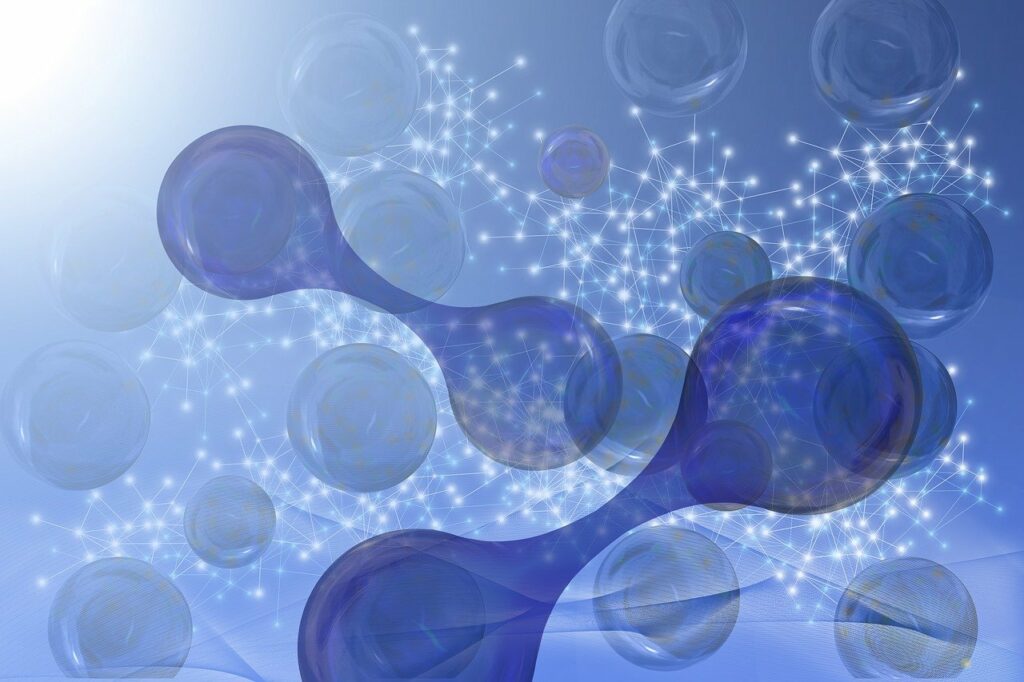Australian government is engaging in discussions with Germany regarding a potential €400 million ($660 million) funding plan. The aim is to initiate billion-dollar-scale green hydrogen projects in Australia, furthering the transition away from Russian gas in Germany.
Proposed by Germany’s Minister for Economic Affairs and Climate Action, Robert Habeck, the funding plan suggests each nation contributes €200 million to kick-start a joint auction scheme. The scheme focuses on providing long-term sales agreements for green fuels such as ammonia and methanol. These agreements are crucial for Germany’s ambitious plan to decarbonize its industrial, power, and heavy transport sectors.
The auction scheme, if accepted, would address the gap between production costs and sales prices for Australian green fuel producers. It could significantly reduce the reliance on finding commercial customers for long-term contracts. This innovative approach seeks to stimulate the market by establishing dedicated auctions for Australia, ensuring a steady and sustainable demand for green fuels.
Australia has expressed interest in exploring this subsidy system, emphasizing the importance of green hydrogen trading. The joint window concept, a dedicated auction for Australia, aligns with the hydrogen partnership signed between the two nations in 2021. The funding initiative aims to tackle the higher costs associated with green fuels and secure a substantial portion of Germany’s hydrogen demand, expected to be supplied by imports in 2030.
The joint funding window is just one of several under discussion, including potential collaborations with Japan, the United Arab Emirates, and Austria. Australia’s collaboration with Germany extends beyond the funding proposal, examining the feasibility of green hydrogen supply chains between the two countries. This collaborative effort supports Australia’s aspiration to become a renewable energy superpower and contributes to Germany’s future demand for green hydrogen.
Timo Bollerhey, CEO of Hint.co, a subsidiary of the H2Global Foundation, emphasized the role of the joint auction system in stimulating the market. The auction, currently running for supplies of green ammonia, green methanol, and sustainable aviation fuel, is generating significant interest from Australian parties. The focus on substances like ammonia and methanol, which include hydrogen molecules, addresses the challenge of transporting pure hydrogen by sea.
While the initial €900 million auction is expected to cover a limited volume, it serves as a crucial first step in unlocking the global market. Bollerhey emphasized the broader impact on the market by providing liquidity, pricing signals, and a core customer concept. The annual sales system is designed to minimize costs and provide pricing signals, offering liquidity for the emerging market.
The Australian government is actively considering the proposal, reflecting a keen interest in the joint auction system. The collaborative efforts between Australia and Germany hold the potential to reshape the dynamics of the global green hydrogen market, fostering sustainability and driving down the cost of green hydrogen for export.
